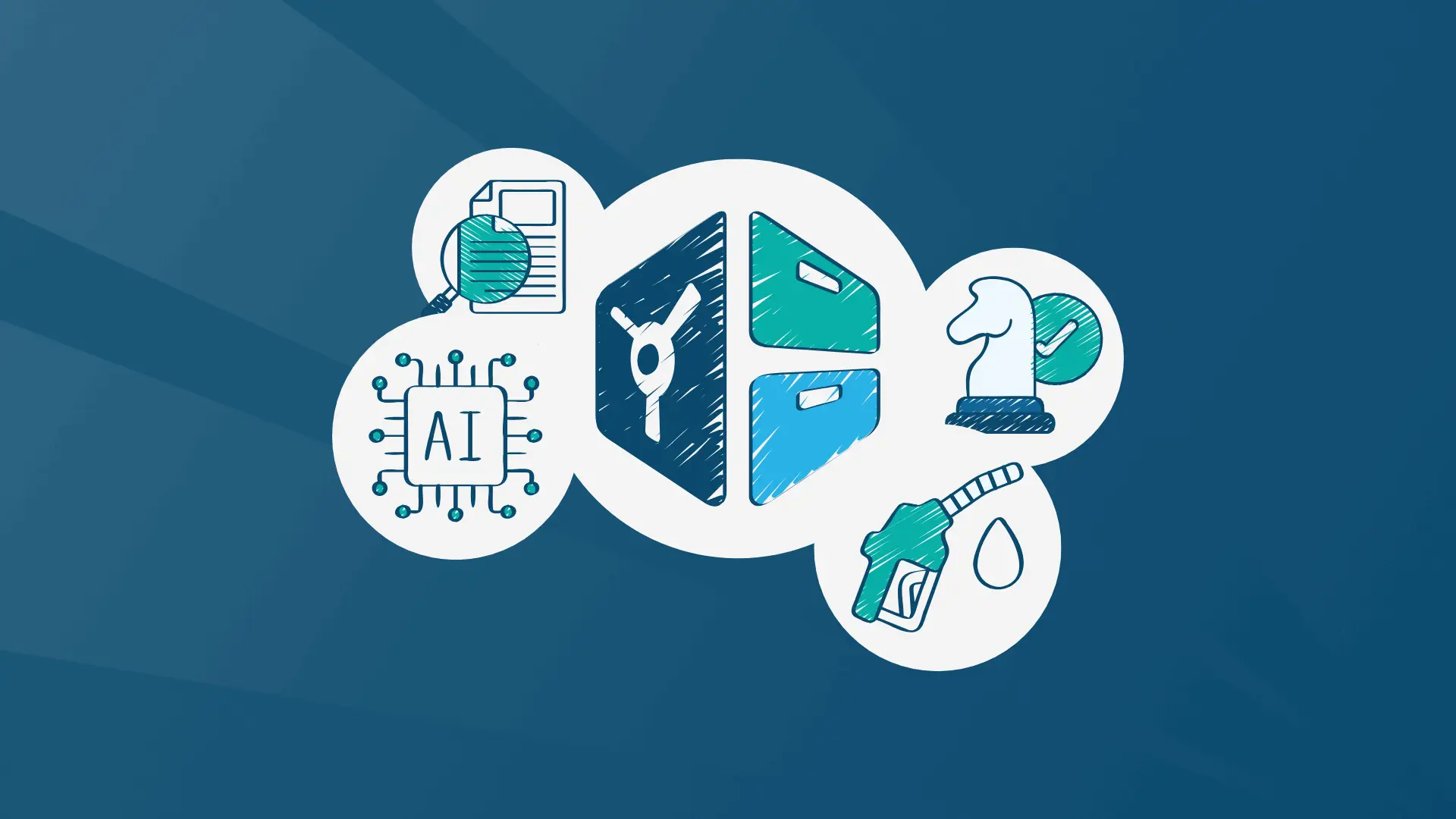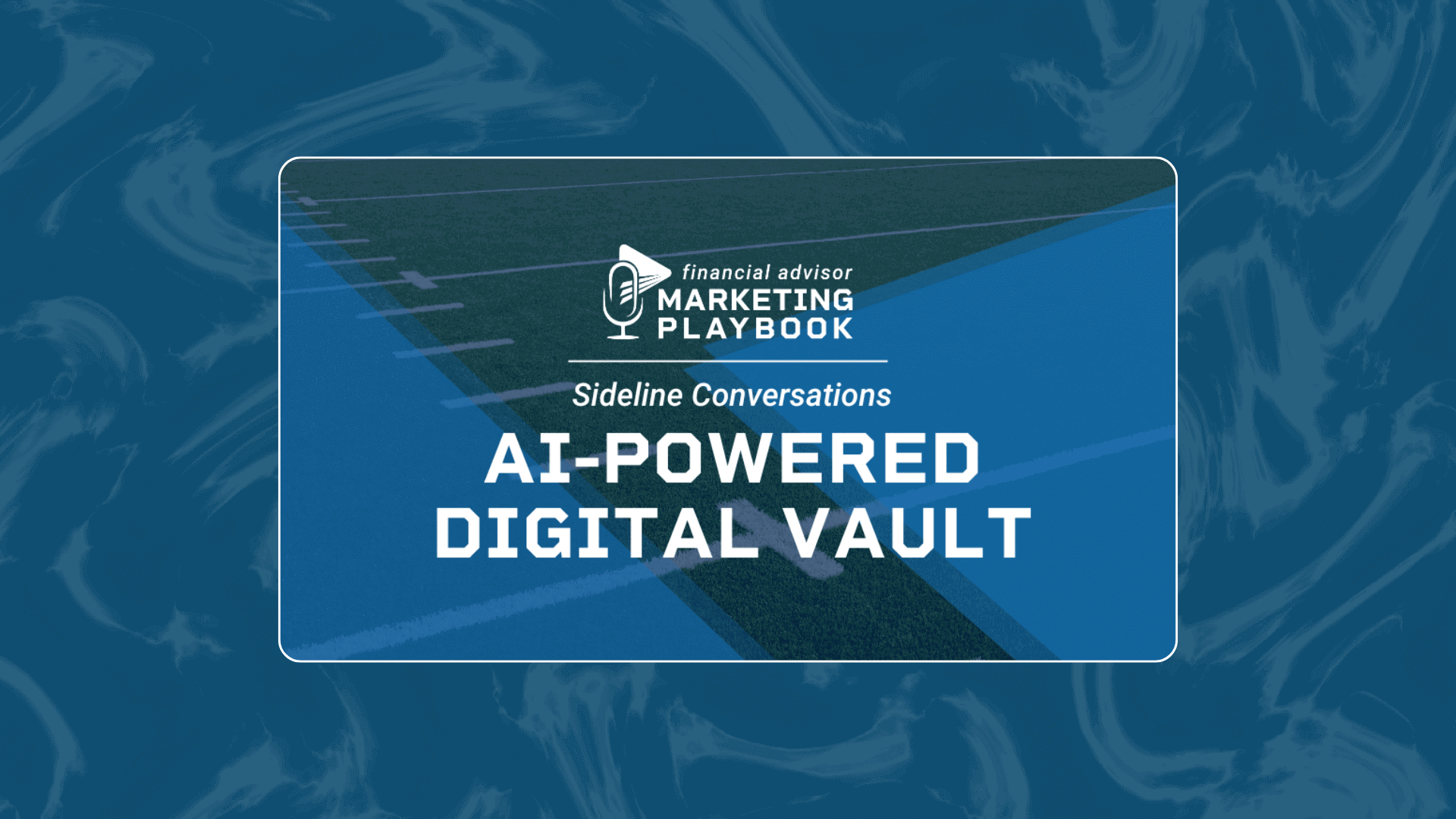Having a structured information management plan in place and providing family members with access to critical information and documents is a key component of any intergenerational continuity plan and succession plan. This will outline some of the critical documents required when creating and maintaining an intergenerational continuity plan.
An intergenerational continuity plan is a comprehensive strategy designed to ensure the seamless transfer of wealth, values, and legacy from one generation to the next. It involves documenting and organizing important information, instructions, and legal documents to facilitate the smooth transition of assets, responsibilities, and decision-making across the family and across generations.
Accurate information and documentation are crucial in an intergenerational continuity plan for several reasons:
- Clarity of Intentions: Accurate documentation helps clearly express the client’s wishes and intentions regarding the distribution of assets, management of investments, philanthropic goals, and any other specific instructions. It reduces the potential for misinterpretation or disputes among family members.
- Efficient Execution: Having accurate and up-to-date information ensures that the plan can be executed efficiently. It provides a roadmap for advisors, trustees, and family members to follow, enabling them to take appropriate actions and make informed decisions without confusion or delays.
- Compliance and Legal Requirements: Proper documentation ensures compliance with legal and regulatory obligations. It helps address legal requirements related to estate planning, tax filings, asset transfers, and other relevant matters, minimizing the risk of legal complications or challenges.
- Asset Protection: Accurate information and documentation help protect the client’s assets and wealth. It ensures that appropriate measures are in place to safeguard assets from potential risks, such as creditors, lawsuits, or other unforeseen circumstances.
- Continuity of Financial Affairs: Accurate documentation enables a smooth transition of financial affairs from one generation to the next. It allows designated individuals or advisors to understand the client’s financial landscape, obligations, and investment strategies, enabling them to continue managing the wealth effectively.
- Family Harmony and Communication: An intergenerational continuity plan promotes open and transparent communication among family members. Accurate documentation facilitates discussions about wealth transfer, expectations, and responsibilities, helping to foster family harmony and minimize potential conflicts.
- Preservation of Legacy: Accurate information and documentation play a vital role in preserving the client’s legacy. It allows future generations to understand the values, traditions, and stories associated with the family’s wealth, ensuring that the legacy is carried forward as intended.
A Guideline to Creating a Checklist of Documents
Below is a guideline to help firms and advisors understand the types of information and documents required for creating and maintaining an intergenerational continuity plan. It’s important to note that this is not prescriptive, and the type of information required will depend on your clients and the level of complexity around their personal, business, and financial lives.
Will and Estate Planning Documents
- ✔ Last Will and Testament: A legal document that outlines how assets will be distributed upon the client’s death.
- ✔ Living Will or Advance Healthcare Directive: Specifies the client’s healthcare wishes in case of incapacitation.
- ✔ Durable Power of Attorney: Authorizes a designated individual to manage financial and legal affairs on behalf of the client if they become unable to do so.
Trust Documents
- ✔ Revocable Living Trust: A legal arrangement that allows the client to transfer assets into a trust, providing flexibility, control, and privacy in estate planning.
- ✔ Irrevocable Trusts: Various types of trusts designed to achieve specific estate planning goals, such as minimizing estate taxes, protecting assets, or providing for charitable giving.
Beneficiary Designations
- ✔ Retirement Accounts: Ensure proper beneficiary designations are in place for IRAs, 401(k)s, and other retirement plans.
- ✔ Life Insurance Policies: Review and update beneficiary designations on life insurance policies to align with the client’s wishes.
Family Governance Documents
- ✔ Family Constitution or Family Mission Statement: A document outlining the family’s values, goals, and principles for managing wealth and fostering family unity.
- ✔ Family Trusts or Family Limited Partnerships: Include any structures established to govern family wealth, transfer assets, or facilitate communication among family members.
Letter of Instruction (Letter of Intent)
- Often included in the Family Governance Documents, this is a non-legally binding document that provides guidance to heirs or trustees on the client’s wishes regarding personal matters, wishes and intentions for the future management of their wealth and family legacy, funeral arrangements, and special bequests.
Philanthropic Goals and Charitable Giving Plans
- If the client has philanthropic goals or a charitable giving plan, document these intentions and include any relevant agreements or foundations established.
Prenuptial or Postnuptial Agreements
- If the client has a prenuptial or postnuptial agreement, ensure it is included in the continuity plan to address any potential impact on wealth distribution.
Business Succession Plan
- If the client owns a business, a detailed plan outlining the transfer or sale of the business to the next generation or a designated successor.
Inventory of Assets
A comprehensive list of the client’s assets, including investment accounts, real estate holdings, business interests, and personal property.
Financial Statements and Account Information
- ✔ Bank Statements: Provide statements for all bank accounts, including checking, savings, and money market accounts.
- ✔ Investment Account Statements: Include statements for brokerage accounts, mutual funds, ETFs, and other investment holdings.
- ✔ Real Estate Documents: Include property deeds, mortgage documents, and lease agreements for all owned real estate properties.
Personal Property Inventory
- Create an inventory of valuable personal property such as artwork, jewelry, collectibles, and heirlooms, along with instructions on their distribution or management.
Digital Assets and Passwords
- Instructions on how to access and manage the client’s online accounts, including email, social media, banking, and investment platforms.
Debt and Liability Information
- A record of outstanding debts, loans, mortgages, and other liabilities that need to be settled upon the client’s death.
Insurance Policies
- ✔ Life Insurance Policies: Provide copies of all life insurance policies, including details on coverage, beneficiaries, and contact information for the insurance company.
- ✔ Property and Casualty Insurance Policies: Include homeowners’ insurance, auto insurance, and any other property and casualty insurance policies.
Tax Returns and Records
- ✔ Personal Income Tax Returns: Maintain copies of the client’s filed tax returns for the past several years.
- ✔ Business Tax Returns: If the client owns a business, include corporate tax returns and related documentation.
- ✔ Gift and Estate Tax Returns: Keep records of any gift tax returns filed or estate tax returns related to prior generations.
Education and Medical Records
- ✔ Educational Records: Include transcripts, diplomas, and documentation of any education funds or trusts established for children or grandchildren.
- ✔ Medical Records: Maintain copies of medical records, health insurance policies, and information on healthcare providers.
Special Considerations
- ✔ Special Needs Planning: If a family member has special needs, include documentation and plans for their care and financial support.
- ✔ Family Business Agreements: If the family owns a business, include shareholder agreements, operating agreements, and any buy-sell agreements.
Contact List
- A document listing key contacts, including attorneys, accountants, financial advisors, insurance agents, and any other professionals involved in the client’s financial affairs.
Succession Plan for Advisors
- If the advisor plays a key role in managing the client’s wealth, a documented succession plan outlining who will take over the advisory relationship in the event of the advisor’s retirement, incapacity, or death.
Regularly Reviewing and Updating the Plan
It’s important to regularly revisit and update your clients’ intergenerational continuity plans to memorialize and document any and all significant changes.
Consider reviewing and updating plans every 6 to 12 months, during routine Family Meetings, or on an as-needed basis whenever significant events take place that have an impact on the family, good or bad. These include liquidity events and the sale of a business; significant loss of assets; retirement; and death, to name a few.
For Ultra High Net Worth (UHNW) families, consider reviewing, revisiting, and updating the family’s intergenerational continuity plan more frequently due to complex financial, business, and legal structuring.
The Backbone of an Intergenerational Plan: A Digital Vault
Having a structured information management plan in place and providing family members with access to this information is a key component of any continuity and succession plan. This will help to ensure a smooth transition of assets and provide peace of mind for clients and their families.
One of the most effective ways firms and advisors can execute an intergenerational continuity plan is by implementing a secure digital vault for family legacy information and documents.
A well-structured digital vault can serve as a central repository for all of the important documents and information that clients and their families need to access in the event of a change in circumstances, such as the passing of a family member or the retirement of an advisor.
When evaluating a Digital Vault solution for intergenerational planning, consider the below as a subset of critical features:
- ✔ Anytime, anywhere access via laptop, tablet, and/or mobile devices
- ✔ Institutional-grade security and data privacy (encryption in-transit and at-rest)
- ✔ Secure file-sharing permissions for Trusted Advisors and Contacts
- ✔ Client and family member (next-gen) access and permissions
- ✔ Ability to label and tag documents associated to various personal, financial, and legal entities (Trusts, Properties, Individuals, etc)
*This is not a comprehensive list of features to consider





